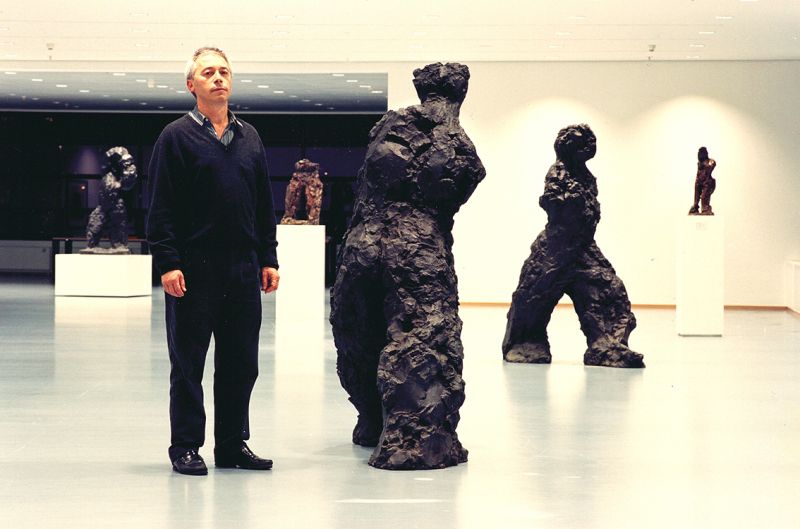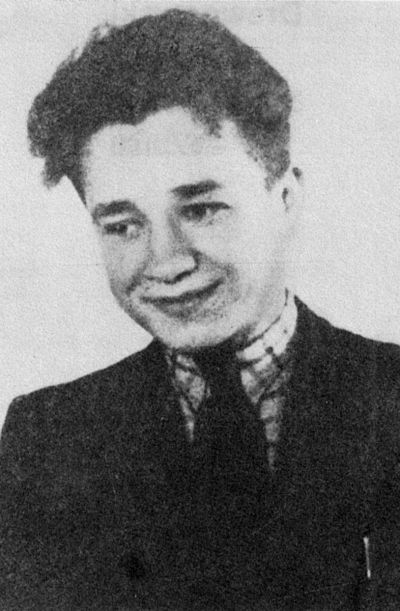Karol Broniatowski – Presence and Absence in Sculpture
Mediathek Sorted
-
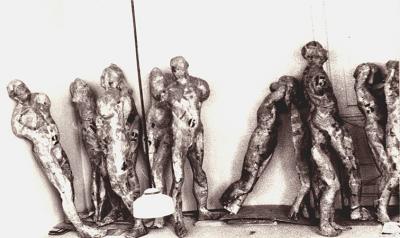
-
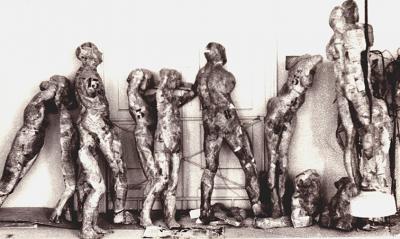
-
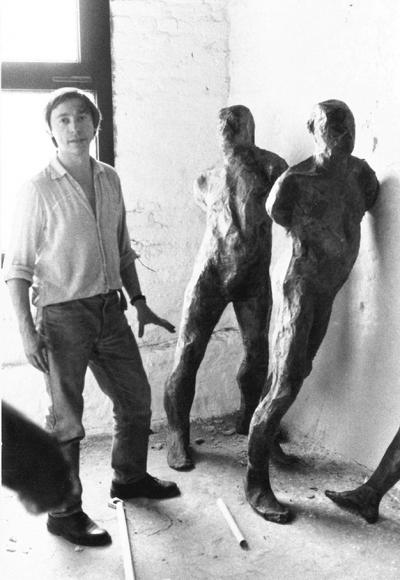
-
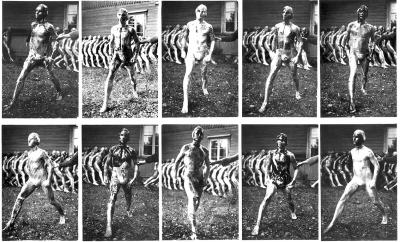
-
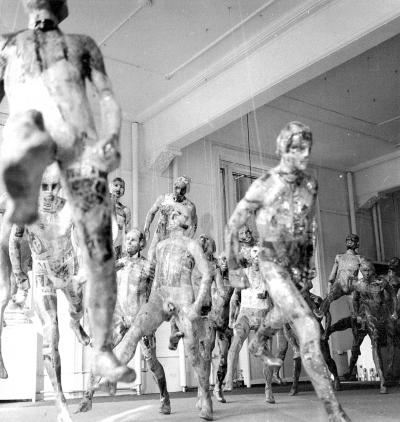
-
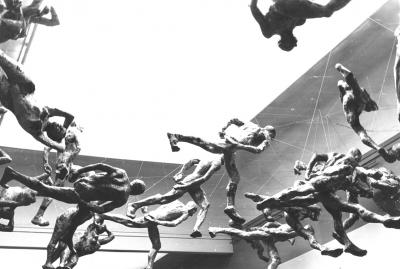
-
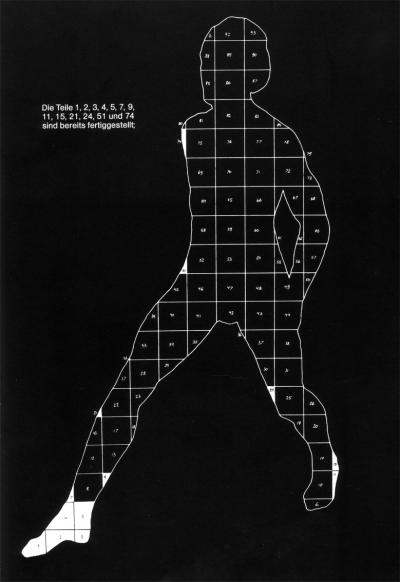
-
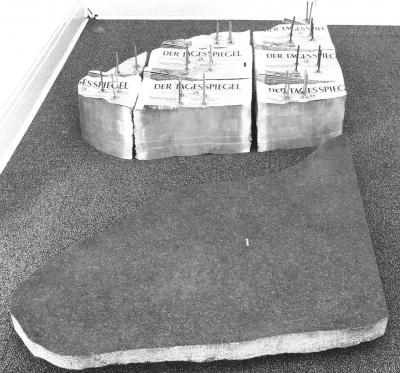
-
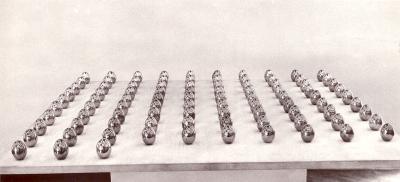
-
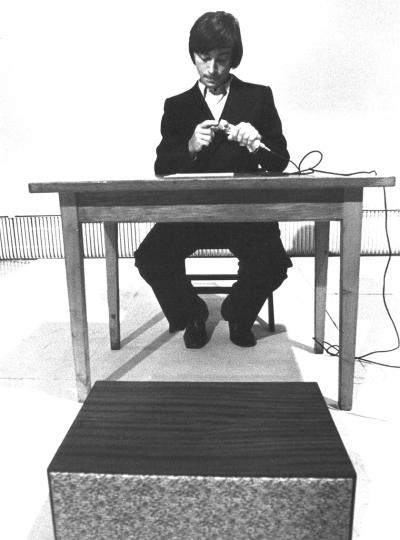
-
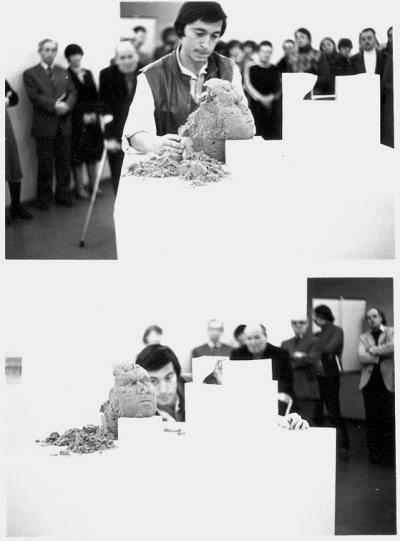
-
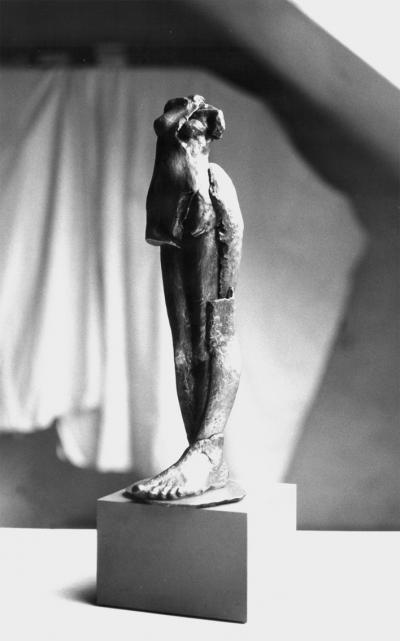
-
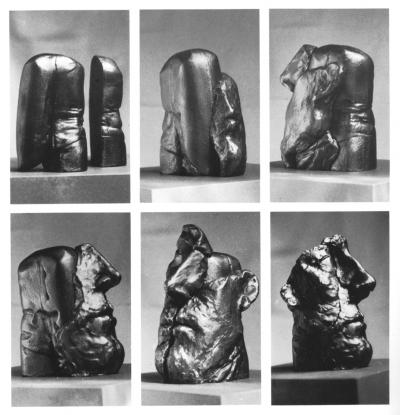
-
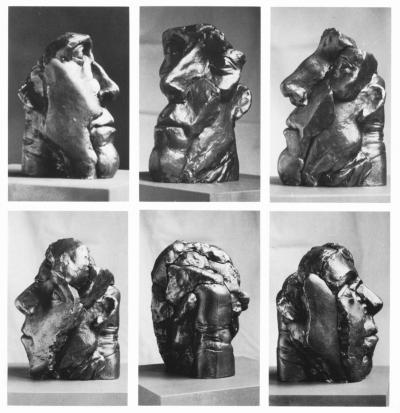
-
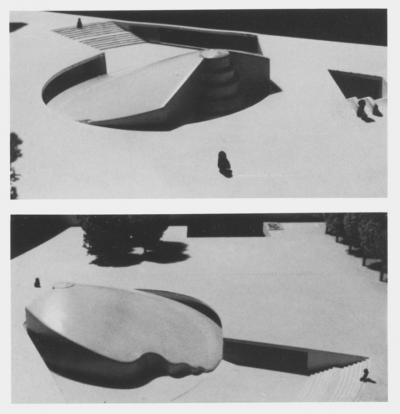
-
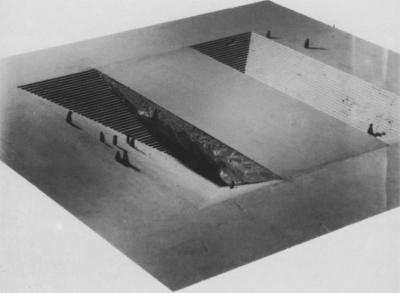
-
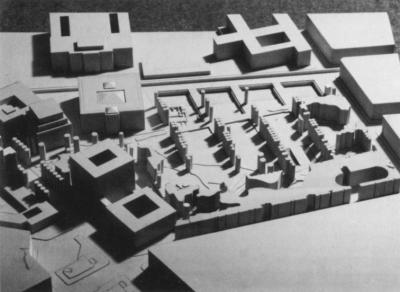
-
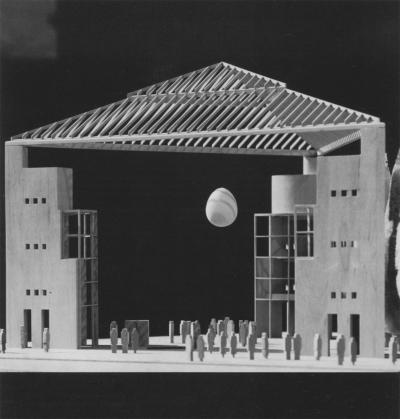
-
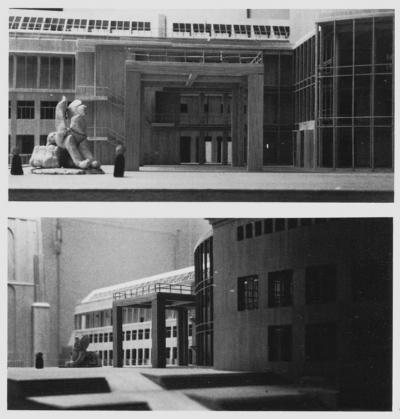
-
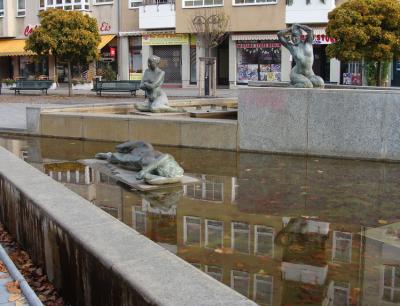
-
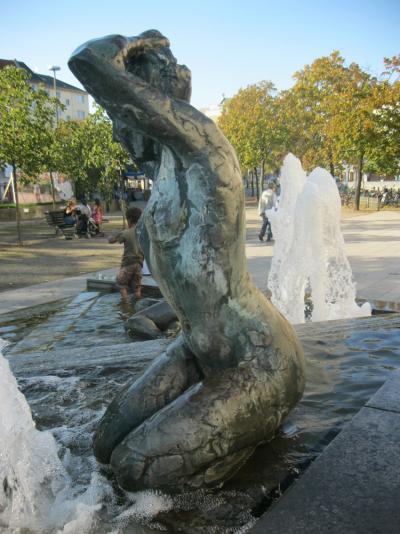
-
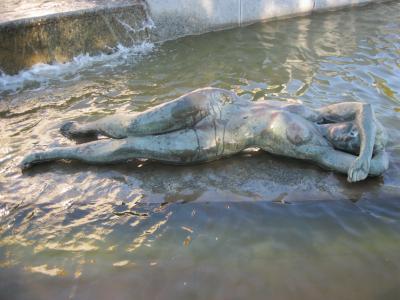
-
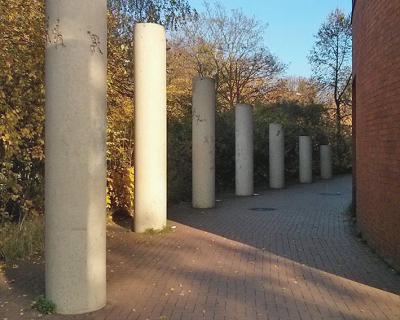
-
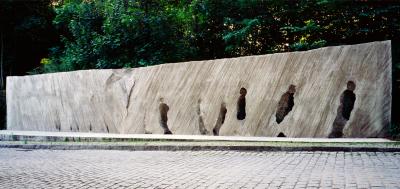
-
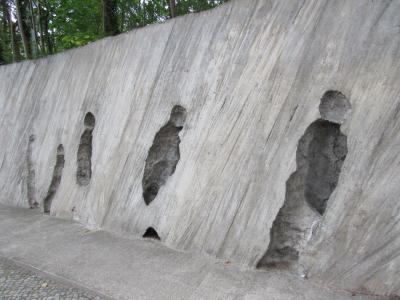
-
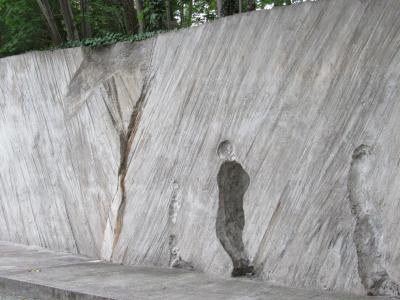
-
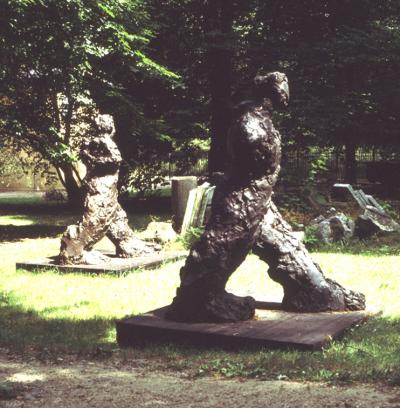
-
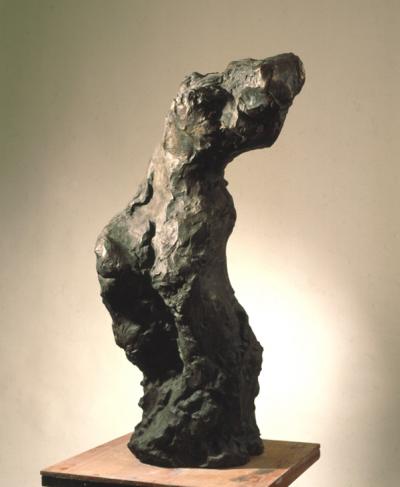
-
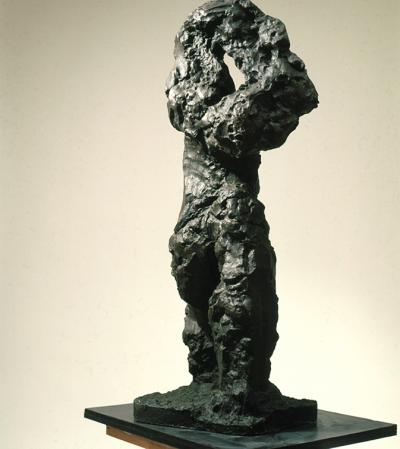
-
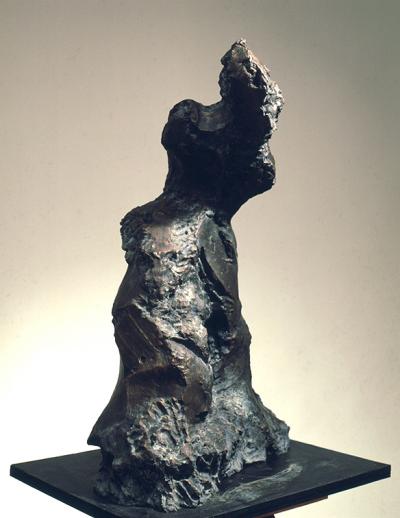
-
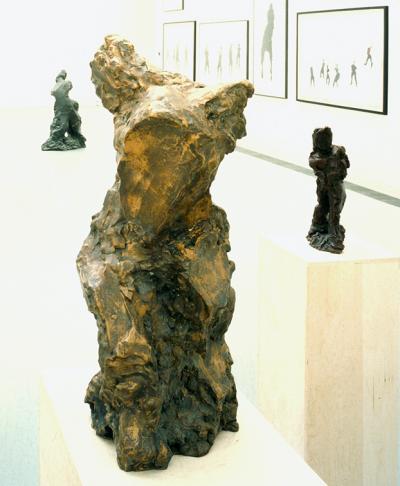
-
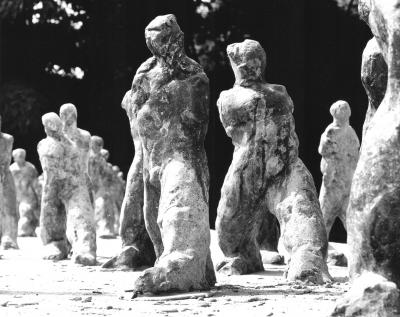
-
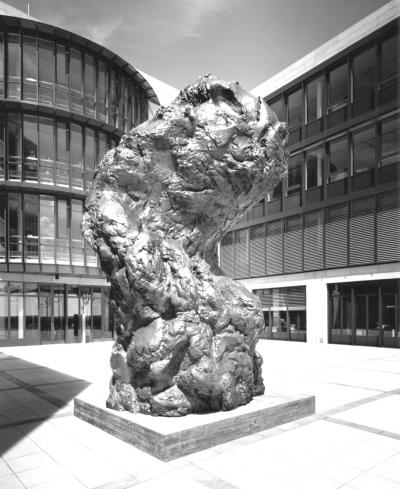
-
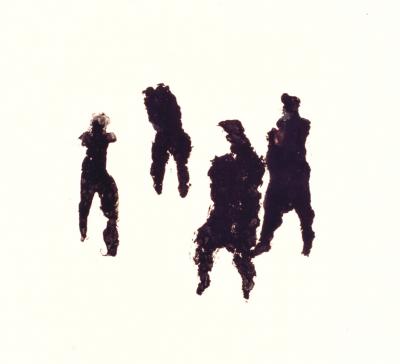
-
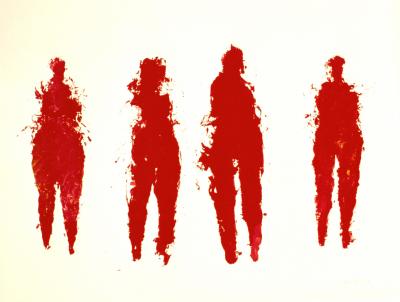
-
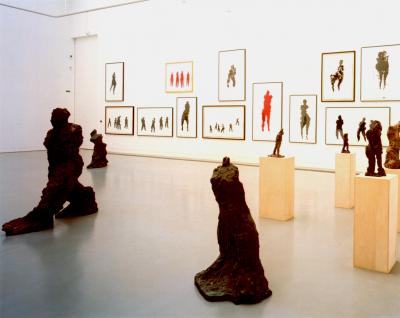
-
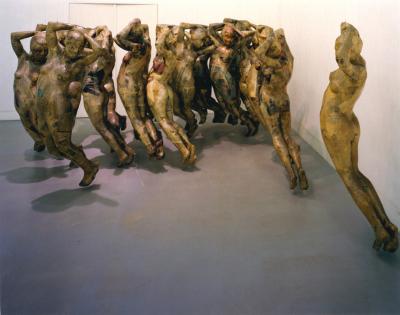
-
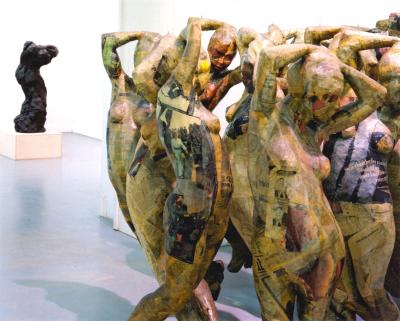
-

Karol Broniatowski

Broniatowski has been living in Berlin since 1983. As early as 1981 he had taken part in design competitions for public spaces in Germany: in Berlin for the Europacenter on Breitscheidplatz; in 1984 a design for the planned memorial site on the site of the Prince Albrecht Palace, and another design for the square on the corner of Kurfürstendamm and Joachimsthaler Straße; and in 1983 in Frankfurt am Main for a sculpture on the new Römerberg (ill. 11-14). Here we can observe an extensive modelling of the terrain with different levels and steps (ill. 11, 12a), but also the division of large areas by means of columns and pillars (ill. 12b, 13). The stairway up to the memorial at the Prince Albrecht Palace was placed on a 40 x 40 metre area in the form of a pyramid turned on its head (ill. 12a). To a certain extent it was an ironic version of the stairway designed by the Nazi architect, Albert Speer (1905-1981) for the Nazi party rally grounds in Nuremberg. But whereas the latter led up to the podium where Hitler gave his speeches, Broniatowski’s stairway was intended to lead visitors 12 metres downwards, where they would have been able to cross beneath the ruined site through a 1.5 metre high passage. For the Römerberg in Frankfurt the artist envisioned a monumental sphinx modelled on those in ancient Greece (ill. 14).
In 1984, also following a competition, he was commissioned to design a fountain on Franz Neumann square (between Markstrasse and Residenzstrasse) in the Berlin suburb of Reinickendorf. Corresponding to the shape of the square he came up with a triangular fountain with three levels, on each of which was placed a larger-than-life bronze female nude: one sitting, one kneeling and one lying down (ill. 15a-c). The figures were cast in the Hermann Noack Fine Art Foundry in Berlin. The foundry had already worked on sculptures by Ernst Barlach, Henry Moore and later Georg Baselitz, and Broniatowski continues to work with it today. Immediately after the figures were completed they were seen by Michael S. Cullen who noted that there was “nothing joyful, but something rather contemplative” in their faces and probably also in their postures. Their surface deliberately displays the un-smooth structures of the clay models, a result of modelling the figures from individual lumps of clay. This approach was even clearer in Broniatowski’s works shown at the Warsaw Academy and in his own “Self-Portrait” made in 1981 (ill. 10a, b). In 1989 he created a row of pillars to accentuate the shape of the Albert-Einstein-Gymnasium in the Berlin suburb of Neukölln (ill. 16).
In 1991 he was given the job of designing a memorial “to the more than 50,000 Jews in Berlin, most of whom were deported by the Nazis from the Grunewald goods station between October 1941 and February 1945 and subsequently murdered in extermination camps”. The bodies commissioning the work were the Berlin Senate and the district of Charlottenburg-Wilmersdorf. The first deportation train carrying 1,251 Jews left platform 17 of Grunewald station on 18th October 1941. Till the end of the war there were a total of 185 transports (they also departed from the goods station in Moabit and Anhalter station). Each of these carried more than 1,000 people, initially to the ghettos in Litzmannstadt (Łódź), Minsk, Riga and Warsaw, and from the end of 1942 onwards to the Theresienstadt ghetto and the extermination camp at Auschwitz-Birkenau. Around 35 trains with 17,000 Jews left Grunewald station for Auschwitz.
Broniatowski’s design for the “Memorial to the Deported Jews in Berlin” (ill. 17a-c) was a more than 20-metre long concrete wall next to the current suburban railway station “Berlin-Grunewald” at the entrance to the goods station there. It props up and models the slope directly behind it, where platform 17 can be found. The visual design elements in the wall are recesses and negative shapes of human silhouettes that may be interpreted as the train carrying away the deported persons, but which, when seen close-up, are also tactile and tangible symbols of the perpetual absence of the deported Jews. As Lech Karwowski described them, they are “hollow traces of human presence left in a massive material”, that visitors can turn into illuminated figures shining in the darkness by placing candles there. Broniatowski gave the concrete wall its rough sculptural surface by means of a masonry saw.

















































































